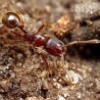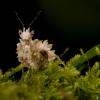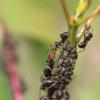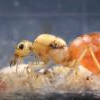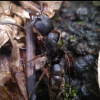To save a little back and forth posting, I can assure you that this male wasn't there until today. I checked on these guys literally everyday since I took them out of hibernation because I was so excited to have a successful social parasite colony and wanted to take a pic of the first L. Latipes worker to eclose.
So question number one: Is this normal for a queen in her first stage of colony foundation?
The other issue is related, but has to do with C. Pennsylvanicus. I have a C. Pennsylvanicus queen/colony that is also less than a year old. I caught her sometime last summer. I also took her out of hibernation at the same time as the Latipes colony. She's already producing majors. I have one adult major as you can vaguely see in the other pic, and there's more major larvae and one major pupae in there also.
Question number two: Normal or not? Could there be a correlation here in both of these instances of what I perceive as two colonies being more advanced than they should be for less than a year old.
These are the first queens I've ever kept; I've been at this a little less than a year. Has anyone experienced this before?
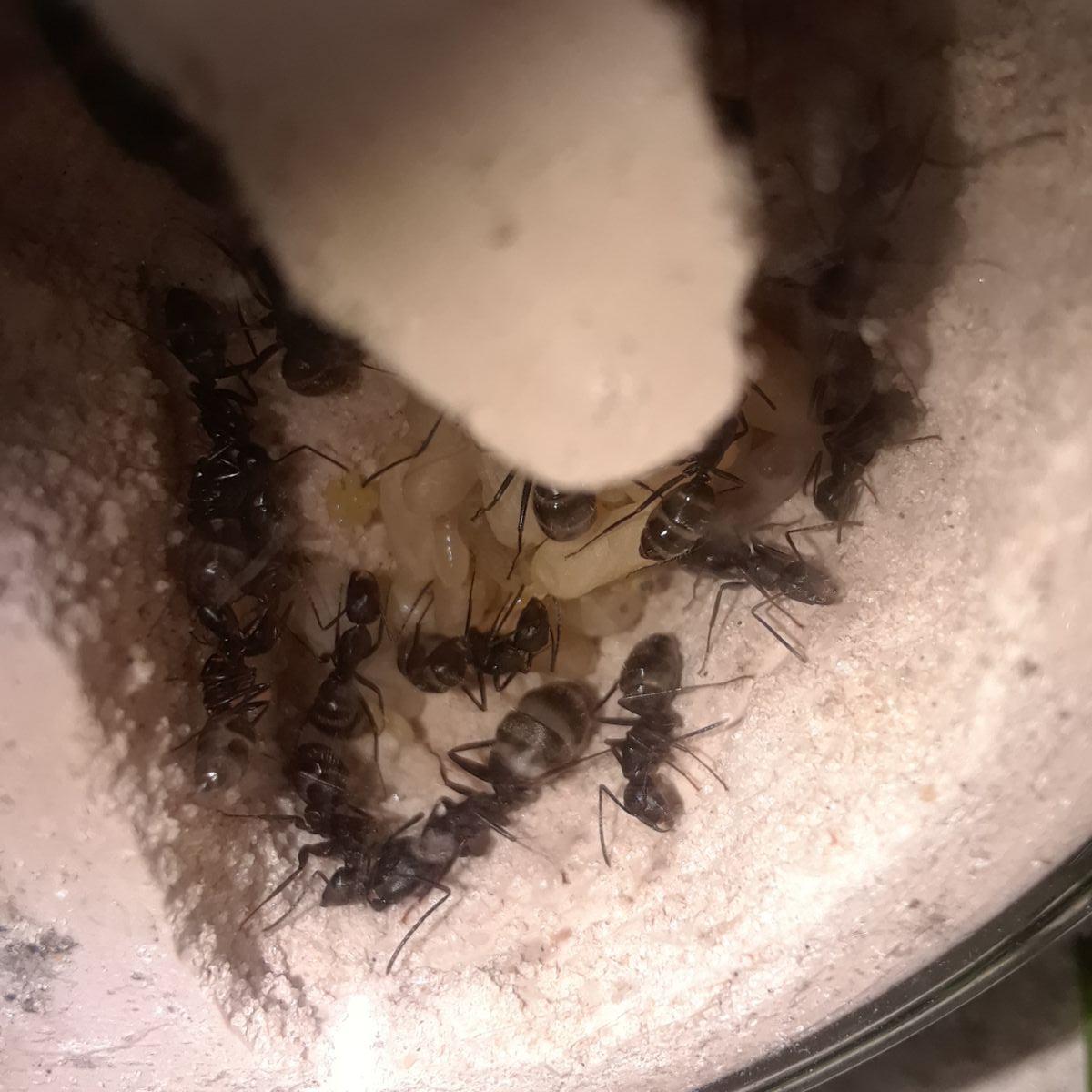
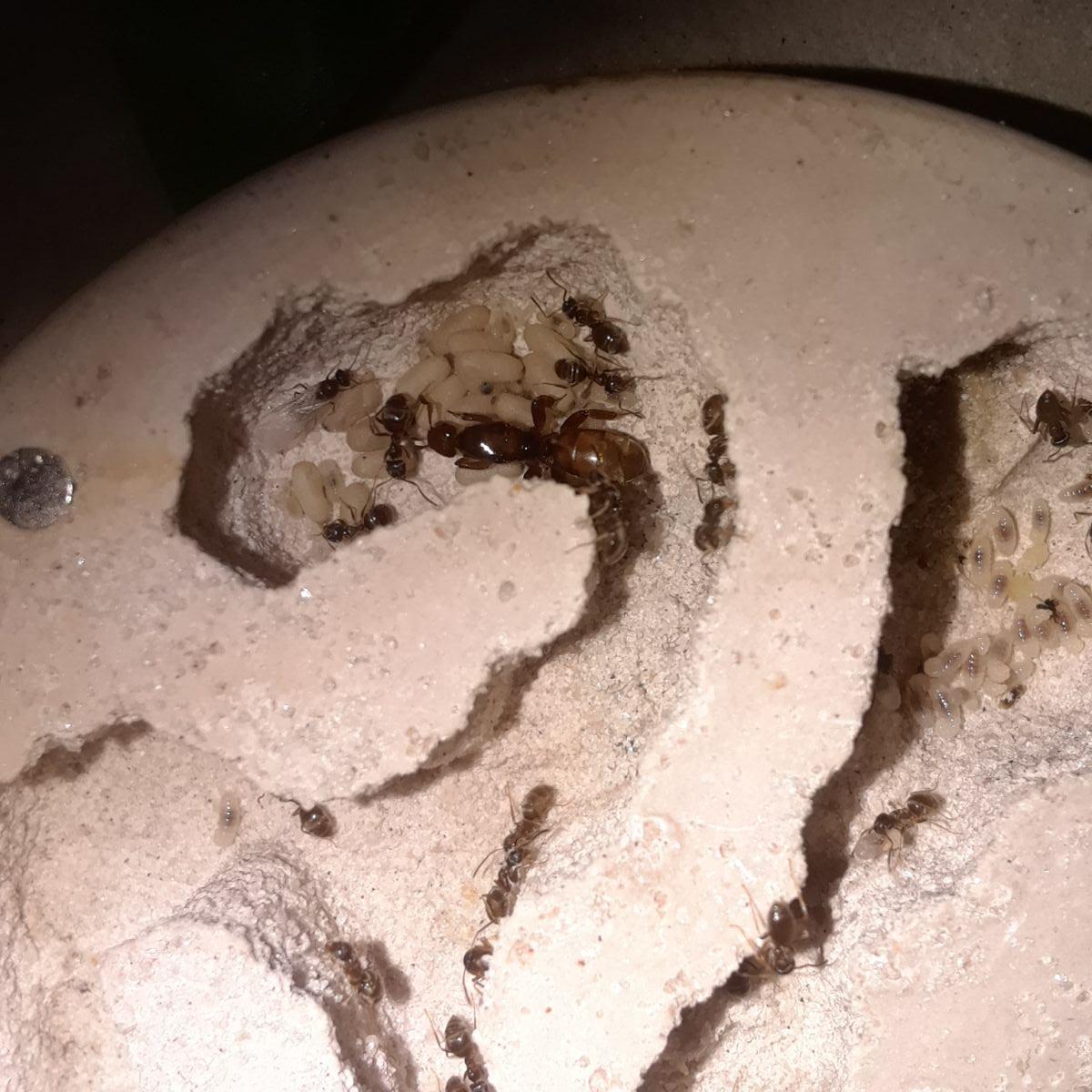
Edited by Jamiesname, March 30 2018 - 12:42 PM.





